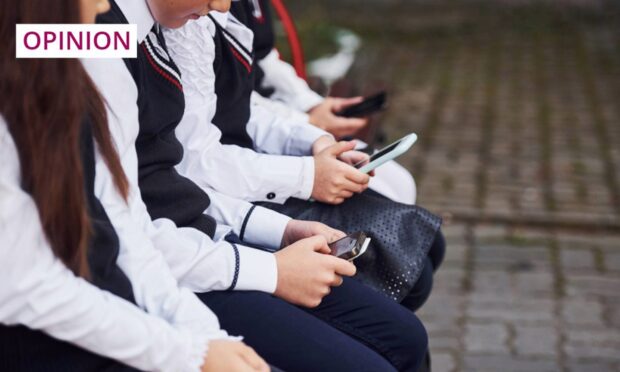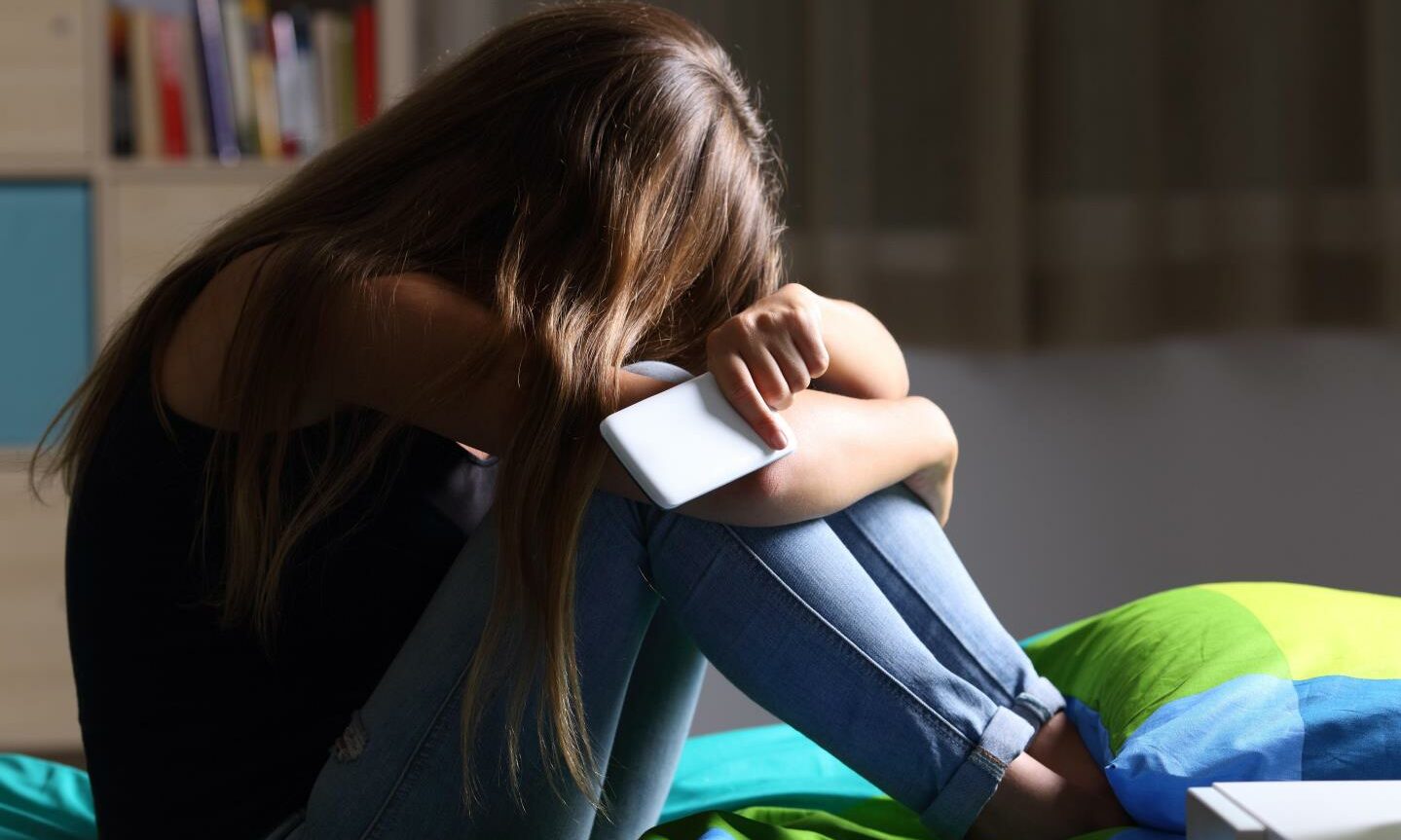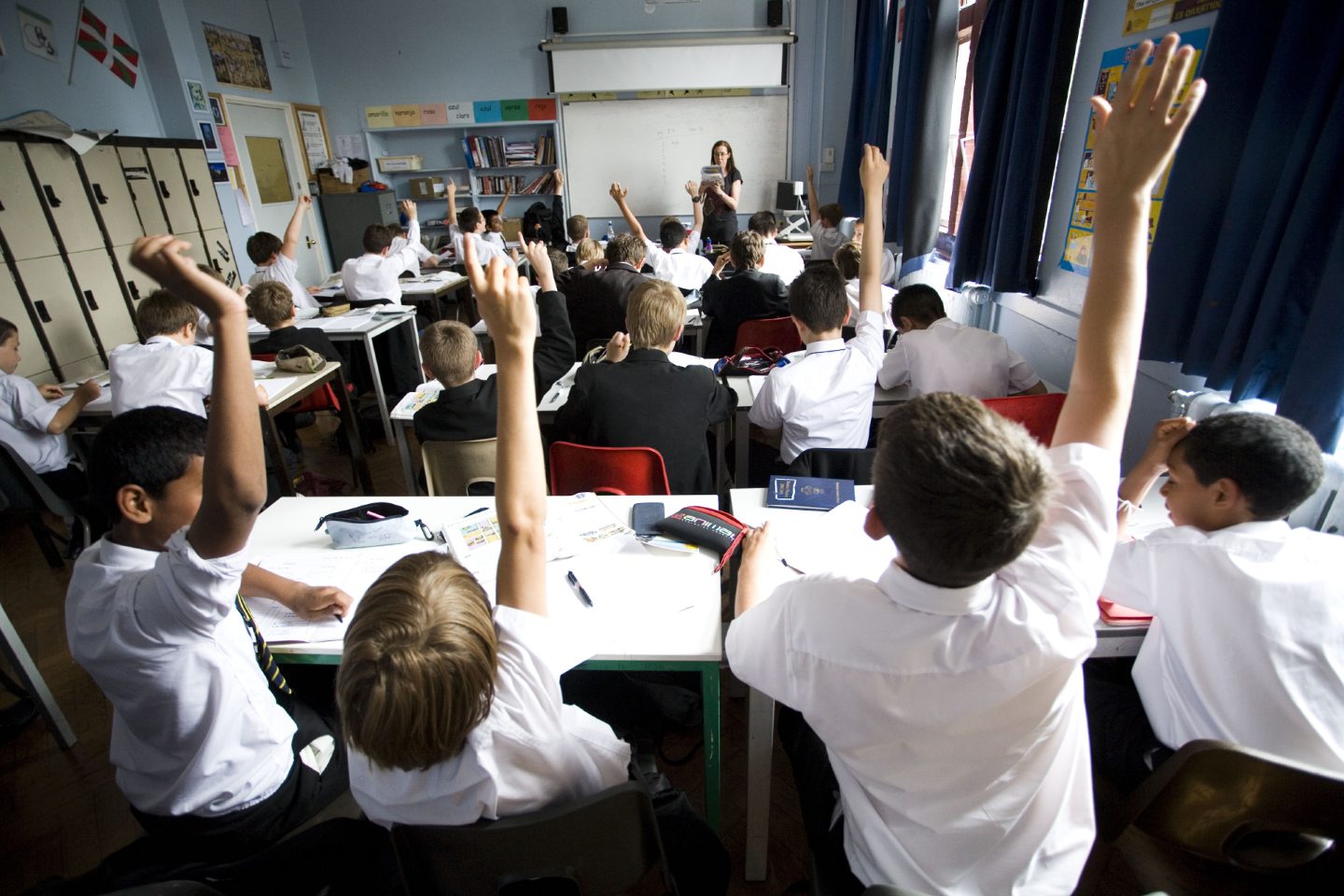I’m trying to pinpoint when I realised my son’s school had no sensible mobile phone policy.
Perhaps it was when an older pupil showed him a video of man being beheaded by Isis. Or, perhaps it was when he was shown hardcore pornography in the playground.
Westminster recently announced updated guidance on mobile phones in schools for England, which gives backing to headteachers who want to ban them during the school day. We’re told guidance for Scotland is on the way.
To my astonishment, the response from the Association of School and College Leaders was scathing. This new guidance, it said, was a “non policy for a non problem.” My experience is that such a policy is desperately needed in Scotland.
My son’s school was not a big inner-city school, it was rural with a small school roll. There were not thousands of phones to deal with.
We reported the shocking videos being shared in the playground, but never heard anything more about it. The best we could do was install software on our son’s phone, so that at least he couldn’t download or view such content himself. Someone in the playground promptly showed him how to install an app which bypassed this software.
When we concluded that our son wasn’t mature enough for a mobile phone at all, not only did the school not support our parental decision, they actively worked against us.
We were accused of not allowing him to meet friends because he didn’t have access to social media. There was no acknowledgement that he could make arrangements to see friends verbally any time he liked, nor that – God forbid – actually speaking to friends might help him develop better social skills.
Not only that, but he was allocated photography lessons, which was not one of his subject choices, and which required a mobile phone in order to do the coursework. Yes, we could have bought him a camera, but this would mark him out further as the kid with no phone, which is why we didn’t select photography as a course in the first place.
Then, there was the fact that homework was accessed via an app. While a parental version of this app was available, we found out it didn’t contain the homework tasks. It would have been helpful to know this before we installed the wrong version, but the school didn’t seem to know or care.
Pre-teens can’t be expected to regulate themselves like adults
In state schools, the current “robust policies” on mobile phones, championed by the Association of School and College Leaders, seem to involve handing back responsibility to the child. A 12 or 13-year-old cannot keep a promise to use their phone wisely. Twelve-year-olds with emotional and behavioural problems – who we’ve cared for as adoptive parents and foster carers – definitely don’t have the capacity to make safe decisions for themselves.
Yes, there may be controls in lessons, but if it’s the Wild West in the playground then that’s not a policy. If you have the money to send your child to an independent school, however, you will find much more robust policies in place. Parents demand it, and headteachers know it leads to better educational outcomes.
Past advice to ‘toughen up and deal with it’ has echoes of today’s attitude that ‘young people need to learn how to act responsibly’
In decades to come, we will look back on this period in the same way as we look back on the way bullying was dealt with in the 1970s and 1980s. The advice in those days to “toughen up and deal with it” has echoes of today’s attitude that “young people need to learn how to act responsibly”.
It’s the children who have experienced trauma who suffer most in this unregulated space. They’re the ones who are less mature and more reckless, who are most likely to be exploited, and to view or share inappropriate content. Or, they are singled out amongst their peers because worried parents do the school’s job and remove the phone altogether, whilst other kids run around the with the latest expensive model.
Current school mobile phone policies aren’t working for Scotland
I understand that it will be time-consuming to ask kids to hand over phones every morning, or for staff to confiscate them during the day, but such a policy also recognises that kids make mistakes, and teaching staff can’t be everywhere all the time. It will reduce the time spent dealing with online bullying and the sharing of inappropriate material.
I have another child who has earned our trust and takes his phone to school. It’s a different school, and we’ve not yet encountered any problems.
I asked him whether any other pupils had shown him anything on their phone which they shouldn’t. It turns out that, yes, a kid had been sharing a video in the playground of “a naked girl doing strange things”.
Social media and the internet are unregulated spaces where it is hard to keep children safe. When Unesco concludes that mobile phones disrupt learning in classrooms and we know they are being used to share everything from terrorist videos to porn in the playground, it’s time to conclude that current policies in Scottish schools aren’t working and introduce new ones.
Eleanor Bradford is a former BBC Scotland health correspondent and now works in communications



Conversation